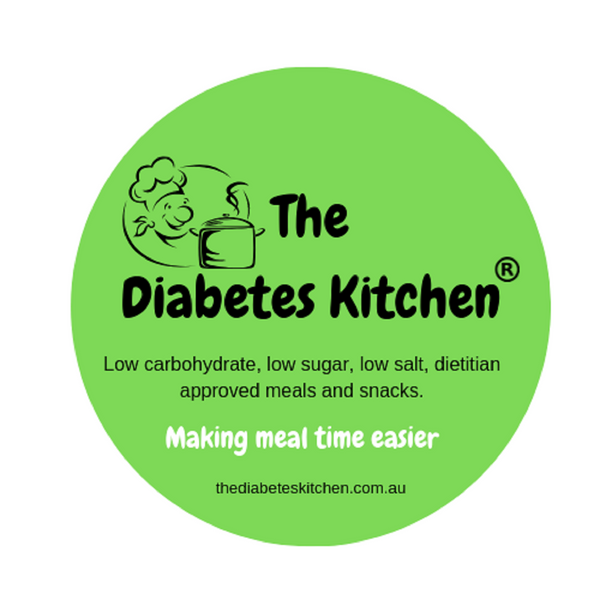Celiac disease and diabetes are two distinct conditions, but they often cross paths, presenting a unique dietary challenge for those who are affected by both. Celiac disease is an autoimmune disorder triggered by gluten consumption, while diabetes is characterised by issues with blood sugar regulation.
Many of our diabetic customers at The Diabetes Kitchen have celiac disease – they do seem to go hand in hand for many people. Those customers know they can confidently enjoy our gluten free ready meals, knowing they are also approved as diabetic friendly ready meals - our diabetes educator and dietitian have approved them as suitable. (We also offer lactose free and vegetarian ready meals).
We also offer breakfast, lunch, snacks and desserts – all diabetic friendly of course, and most of these are gluten-free also.
Our ready meals are pressure cooked in the pouch, locking in maximum nutrition. This means they don’t require refrigeration – just pop them in the pantry and reheat in the microwave when ready to enjoy.
We deliver all over Australia to homes and offices, and as it is contactless delivery you don’t need to wait at home for your delivery. Our couriers will leave your order in a safe place at home or office.
Our team consists of diabetics, Cam, our dietitian (of Deconstructing Diabetes), Sherie, our lovely diabetes educator (she’s also a dietitian), as well as our food technologist and great team who manage the packing of our orders every day.
In this blog post, we'll explore the intersection of celiac disease and diabetes, understand the dietary considerations, and offer practical tips for managing both conditions simultaneously.
Celiac disease is an autoimmune disorder in which the ingestion of gluten, a protein found in wheat, barley, and rye, triggers an immune response that damages the lining of the small intestine. This damage interferes with nutrient absorption.
Diabetes, on the other hand, is a metabolic disorder characterised by high blood sugar levels, typically categorized into Type 1 and Type 2 diabetes. It requires careful monitoring of carbohydrate intake and, in some cases, insulin management.
So, what happens when someone has both celiac disease and diabetes? The challenges lie in managing dietary restrictions that seemingly conflict with each other. Gluten-free diets can include gluten-free substitutes that are higher in carbohydrates, which can impact blood sugar levels. Here are some practical tips for those managing both conditions:
- Consult with Healthcare Providers: Seek guidance from healthcare professionals, including a registered dietitian who specialises in managing celiac disease and diabetes.
- Choose Gluten-Free, Low-Glycaemic Carbohydrates: Opt for gluten-free, low-glycaemic index (GI) carbohydrates like quinoa, brown rice, and lentils. These have a slower impact on blood sugar and can help with glucose management.
- Read Labels Carefully: Gluten can hide in unexpected places, so become a label-reading pro. Look for foods that are both gluten-free and low in added sugars.
- Monitor Blood Sugar Levels: Keep a close eye on your blood sugar levels and track how different foods affect your readings. This can help you make informed choices about your diet.
- Plan Balanced Meals: Choose well-balanced meals that include lean proteins, healthy fats, and a variety of non-starchy vegetables. The Diabetes Kitchen offers a gluten free meal plan.
- Experiment with Gluten-Free Alternatives: Explore gluten-free flours like almond, coconut, or chickpea flour for baking. We also offer gluten free pasta and noodle options.
- Consider Low-Carb Snacks: When snacking, choose low-carb, gluten-free options like nuts, seeds, or vegetables with hummus to maintain stable blood sugar levels.
- Communicate Your Needs: When dining out, don't hesitate to communicate your dietary needs to restaurant staff. Many restaurants and cafes offer gluten-free and low-carb menu options these days.
Managing celiac disease and diabetes simultaneously requires careful planning, but it's entirely possible to lead a healthy and enjoyable life with both conditions. By working closely with healthcare professionals, making informed dietary choices, and staying vigilant about labels and ingredients, you can navigate the dual dietary challenge of celiac disease and diabetes successfully. Remember that knowledge and planning are your allies on this journey toward better health and well-being.

